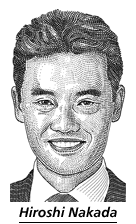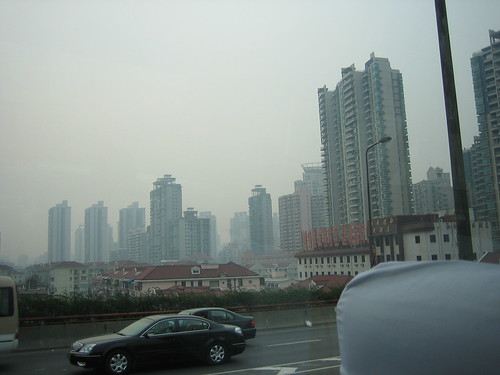While we are on the subject of Soka Gakkai, let us not forget that while they may be the largest creepy somewhat religious organization in Japan, they are far from the creepiest. That honor, naturally, goes to our old friends Aum Shinrikyo. Now, Soka Gakkai and Aum Shinrikyo may be rivals in terms of how much they creep us out, but did you ever know that they actually had some more direct rivalry? More specifically, that Shoko Asahara, the Guru of Aum, actually attempted to assassinate Daisaku Ikeda.
Here are a few relevant passages from Aum & I, by former Aum conspirator Ikuo Hayashi MD.
At the same time, Asahara was in that story blatantly attacking Daisaku Ikeda, the honorary chairman of Soka Gakkai, Morihiro Hosokawa, and Ichiro Ozawa as immediate enemies, saying that they were being controlled by the shadow organization that was controlling America and selling out Japan.
For more of Asahara’s enemies list, see this earlier post.
Later in the book is a section entitled The Daisaku Ikeda Poa Incident. I will explain Poa in detail in another post, but basically it is is a Tibetan term for reincarnation that Asahara used to mean ritual assassination.
Although Dr. Hayashi would eventually be one of the perpetrators of the Sarin attack in the subway, he only learned about the assassination attempt on Ikeda after the fact. As he explains it:
On December 18th, one of the final remaining days of 1993, a situation occurred where Nakamura came into AHI carrying Tomomitsu Niimi, who was experiencing difficulty breathing.
Later, the event known as the Daisaku Ikeda Poa Incident became the trigger for me to actually learn the religious group’s shadowy operations, which I had not been aware of until that time. This incident would also become the trigger for my getting involved in the “secret work” that would lead to the execution of the sarin incident on the subway.
[omitted]
“What in the world is the cause of this? I can’t properly treat him if I don’t know what the cause is!” I said.
[omitted]
“Actually, it’s sarin. Would you mind coming with me for a minute?” Nakagawa requested.
[omitted]
Nakagawa opened the door and stuck his head inside the car. After saying something [to the person inside] he immediately turned toward me and motioned for me to get in the backseat. It was the first time I had ever ridden in Asahara’s car and I was nervous as I sat down in the rear. As soon as the door was closed, Asahara, who was sitting in the front left passenger’s seat, said without even turning around, “We tried to perform Poa on Daisaku Ikeda with sarin but failed.”
There are a few pages here describing the symptoms and treatment for sarin poisoning and so on. Interesting stuff, but let’s skip ahead to Ikeda.
Limiting the assumptions to my personal feelings towards Daisaku Ikeda and the judgment expressed by the guru to whom I devoted myself, Daisaku Ikeda was an object that we must fight. Since this was so, and Asahara could fully see this karma, the act of having Poa performed upon oneself was something that would be a “happy” outcome for the person.
The main thing was about karma: that since Ikeda was a mastermind secretly trying to kill Asahara, by preventing the disaster of his carrying out this evil act of assassination, which would lead him to the Avici Hell [Buddhism’s Limbo], Aum was just trying to save him.
So there you have it. Asahara was convinced that Ikeda was plotting to kill him, and so sent his agents to kill Ikeda through Sarin poisoning. This was not just as an act of self-defense, but by killing Ikeda they would prevent him from committing awful crimes and he would therefore avoid punishment in the next life. Everybody wins! Murder as altruism- don’t you love religion?.
 Abridged and edited from a video interview (mp4) with Japan’s prime minister on the occasion of the upcoming “Food Education Day” that occurs on the 19th of every month:
Abridged and edited from a video interview (mp4) with Japan’s prime minister on the occasion of the upcoming “Food Education Day” that occurs on the 19th of every month:


